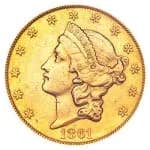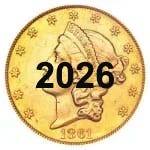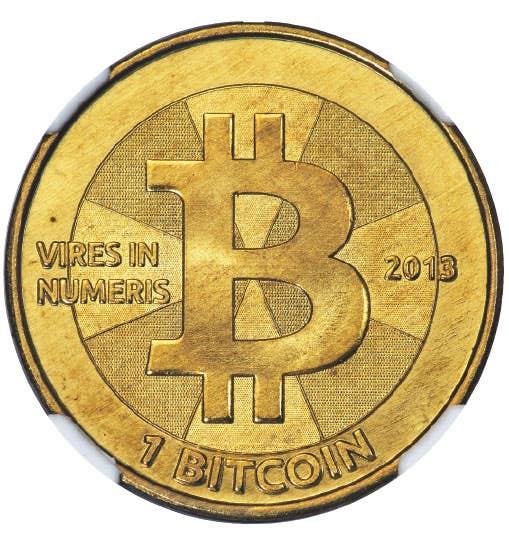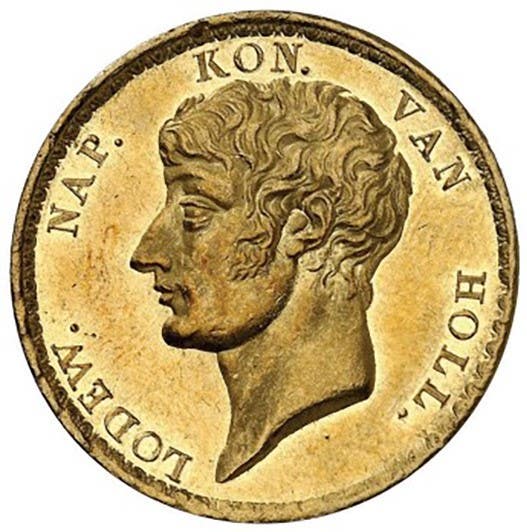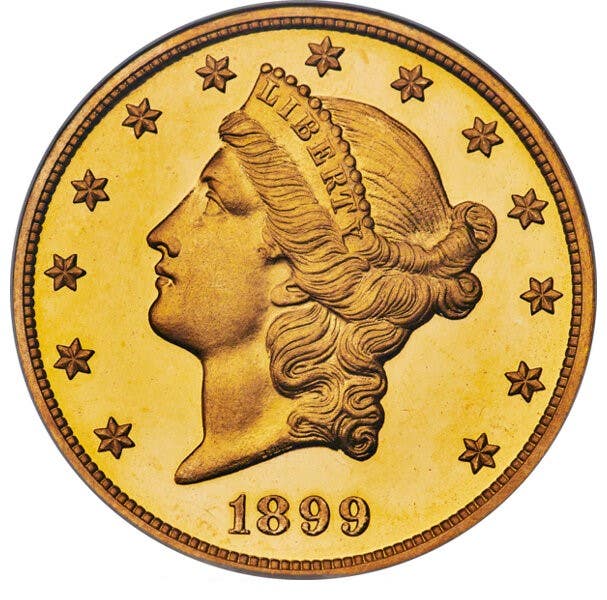Today is an example of when I can ask the question: how many deadlines can my superiors cram into a single day for me? It is nearly noon as I write this.
Paper Money Market, the monthly price guide for paper money, goes to press at 3 p.m. It is bound into every monthly issue of Bank Note Reporter, a sister publication to Numismatic News.
At 7 p.m., World Coin News goes to press. This is a sister publication to Numismatic News and it also is a monthly. I wrote a congratulatory editorial yesterday about the Royal Canadian Mint and its $1 million face value gold coin in the World Coin News editorial.
Introduction of the coin certainly grabbed the attention of the world?s nonhobby media. I?ll bet you saw mention of it in many places online and in print where you might not be used to seeing information about coins.
The Royal Canadian has got the public relations factor down pat on this one.
A gold coin that weighs 100 kilograms, which is roughly 3,200 troy ounces of gold, is quite an object. I would like to see one. I wouldn?t try to lift it, even if the guards would allow me to try.
If you plan to buy one of these monster coins, let me know. I would like to put you on the front page.
Print deadlines aside, I also posted my blog this morning as the day got started. If you haven?t seen it yet, take a look at it. It is called ?Buzz." It first appeared in late April and I have covered a number of interesting topics.
This morning?s blog deals with an issue that I have not seen mentioned anywhere. It is about environmentalism and its impact on numismatics. You probably haven?t given any thought to this, or it never occurred to you that there could be much of a connection between the two topics.
However, there is a connection. Environmentalism hits us between the eyes in the area of grading. There is talk of abolishing the incandescent light bulb in 10 years time. I don?t know what sort of chance this legislation has on Capitol Hill, but what I do know is that the light bulb is ubiquitous in American homes. It has been that way since Thomas Alva Edison invented it in 1879. No wonder, then, that the way we grade coins was built around the incandescent bulb.
It would not surprise me that hobbyists would like to do their bit to help conserve energy and curb the output of carbon dioxide into the atmosphere. But this is where we all need to stop and think a little.
Right in the The Official American Numismatic Association Grading Standards for United States Coins it says, ?The lighting we recommend for grading is a 100-watt incandescent light bulb approximately three feet from a coin.?
That is the recommendation. There is also a warning: ?Fluorescent light, which spreads illumination from a diffused origin, is apt to conceal minute differences and camouflage certain defects, and should not be used.?
I doubt that hobby concerns are at the top of the list of concerns of the solons in Washington, but it better be at the top of our list.
What is our alternative if we cannot expect to be able to use incandescent light bulbs to grade coins? Will we need to develop a new grading system? A new definition of standards?
Will some other lighting source become the norm? Do we need a new one?
Will grading services have to regrade every single coin currently in slabs or will they be given a special dispensation to continue to use incandescent bulbs?
What about the rest of us? Will we sneak light bulbs around to continue to be active collectors? Will we meet secretly with strangers on corners to buy underground supplies of light bulbs?
I don?t think I?ve ever put so many question marks in a single column before. They might seem a bit ridiculous, but it has been that kind of day. Fortunately, this conjunction of deadlines hits only once each month and this column let?s me write about it.

